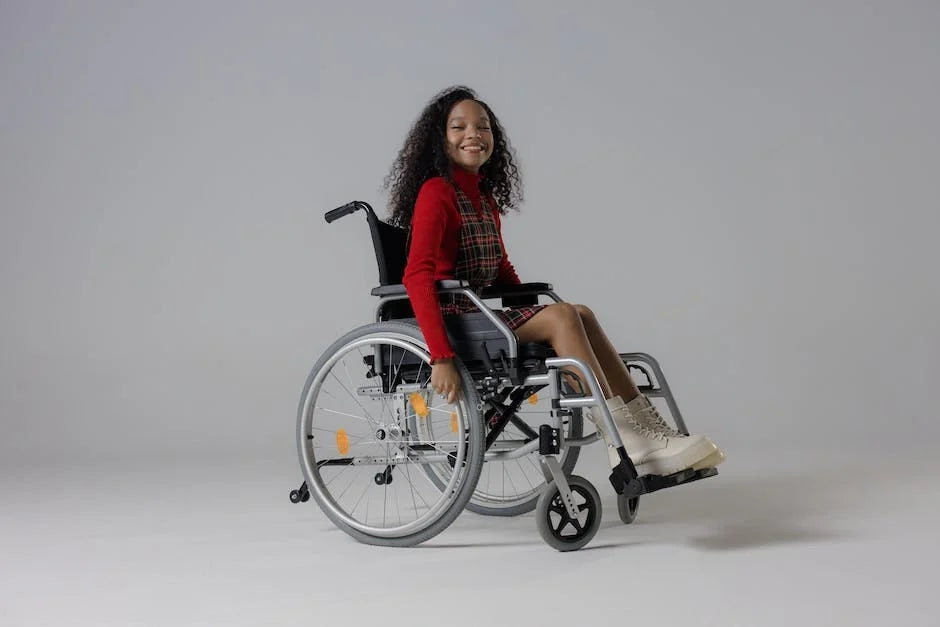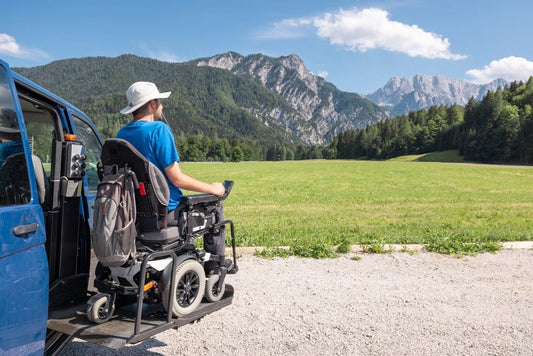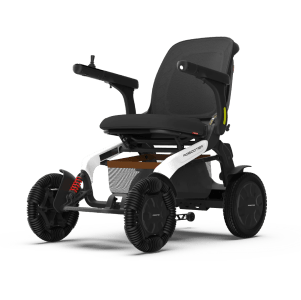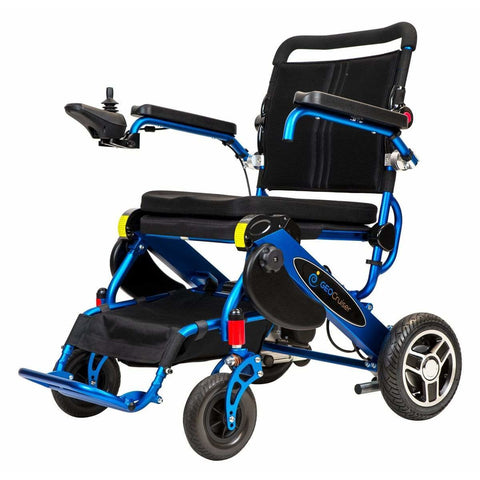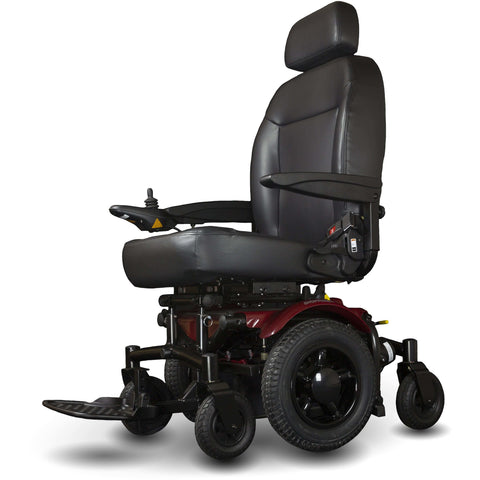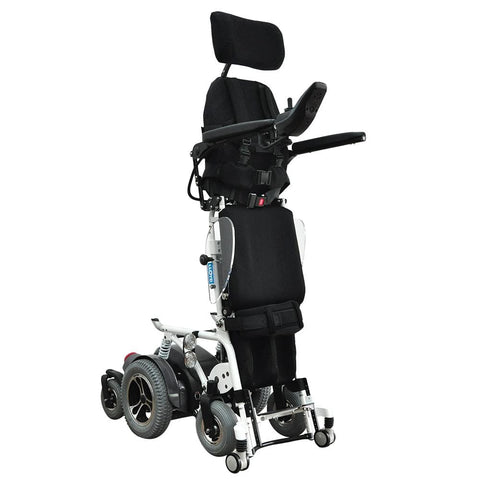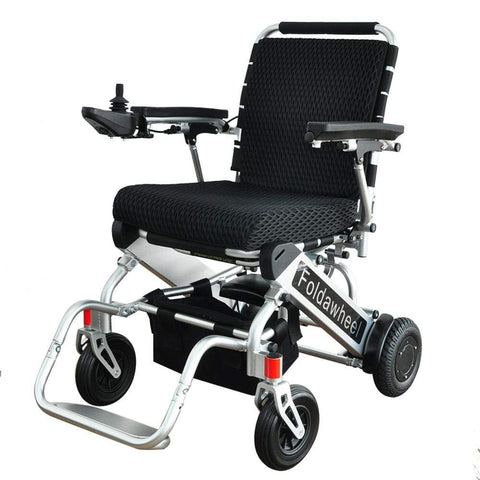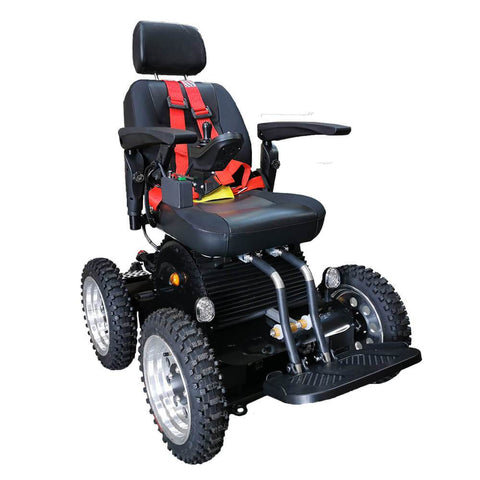Understanding accessibility in public spaces
Accessibility in public spaces is a critical issue that often goes unnoticed by those who do not rely on power wheelchairs. Understanding the challenges faced by individuals using power wheelchairs is essential in creating truly accessible environments. From ramps and elevators to wide doorways and accessible parking spaces, there are numerous factors to consider when designing public spaces. Additionally, ensuring that walkways are free from obstacles and that signage is easily visible can greatly enhance accessibility. By recognizing and addressing these issues, we can create inclusive public spaces that allow individuals using power wheelchairs to navigate with ease and dignity.

The importance of power wheelchairs for individuals with mobility limitations
Power wheelchairs play a vital role in enhancing the mobility and independence of individuals with physical limitations. Unlike manual wheelchairs, power wheelchairs are equipped with electric motors that allow users to navigate through public spaces with ease. These advanced devices provide individuals with the freedom to move around without relying on others for assistance. They offer a wide range of features and customization options, ensuring a comfortable and personalized experience. From adjustable seating positions to programmable controls, power wheelchairs empower individuals to overcome barriers and participate fully in society. With their innovative technology and ergonomic designs, power wheelchairs are transforming the lives of those with mobility limitations, enabling them to navigate public spaces with confidence and dignity.
Common challenges faced by power wheelchair users in navigating public spaces
Power wheelchair users often face numerous challenges when navigating public spaces. One common challenge is the lack of accessible ramps or elevators, making it difficult for individuals to enter or exit buildings. Additionally, narrow doorways and cramped aisles can pose significant obstacles, limiting the mobility and independence of power wheelchair users. Another challenge is the inadequate spacing between tables and chairs in restaurants or cafes, making it challenging for wheelchair users to maneuver and participate in social activities. These challenges not only hinder accessibility but also reflect the broader issue of inclusivity in our society. It is crucial for public spaces to prioritize accessibility and make necessary modifications to ensure that power wheelchair users can navigate these spaces with ease and dignity.
Laws and regulations addressing accessibility for power wheelchair users
Laws and regulations addressing accessibility for power wheelchair users play a vital role in ensuring equal access to public spaces. These laws are designed to protect the rights of individuals with mobility impairments, allowing them to navigate and participate in society without barriers. From the Americans with Disabilities Act (ADA) in the United States to the Accessibility for Ontarians with Disabilities Act (AODA) in Canada, these regulations require public spaces to have ramps, elevators, and designated parking spaces to accommodate power wheelchair users. By enforcing these regulations, society becomes more inclusive and provides everyone with the opportunity to fully engage in their communities.
Tips for advocating for better accessibility in public spaces
Advocating for better accessibility in public spaces is essential for ensuring equal opportunities for individuals using power wheelchairs. By actively engaging in advocacy efforts, you can help raise awareness about the importance of accessibility and drive positive change. One effective tip is to gather and share personal stories and experiences to highlight the challenges faced by wheelchair users. Additionally, collaborating with disability rights organizations and local government officials can amplify your voice and push for policy improvements. Remember, advocating for accessibility not only benefits individuals with disabilities but also creates a more inclusive and diverse society for everyone to thrive in.
Technology advancements in power wheelchairs for improved mobility
Technology advancements in power wheelchairs have revolutionized the mobility options for individuals with disabilities, particularly those who rely on power wheelchairs for their daily activities. These advancements have led to improved maneuverability, increased battery life, and enhanced accessibility features. For instance, some power wheelchairs now come equipped with advanced suspension systems that provide a smoother ride, even on uneven terrain. Additionally, the development of compact and lightweight power wheelchairs has made it easier for individuals to navigate through narrow doorways and confined spaces. With these technological advancements, individuals with disabilities can now enjoy greater independence and freedom to navigate public spaces with confidence and ease.
Strategies for planning outings and trips in accessible public spaces
Planning outings and trips in accessible public spaces can be a daunting task for individuals who rely on power wheelchairs for mobility. However, with the right strategies in place, navigating these spaces can become much easier. One important strategy is to research and plan ahead by checking the accessibility features of the desired location, such as ramps, elevators, and accessible restrooms. It is also helpful to call ahead and inquire about any specific accommodations that may be needed. Additionally, having a backup plan in case of unexpected barriers or inaccessible areas is crucial. By being prepared and proactive, individuals using power wheelchairs can confidently explore and enjoy public spaces, ensuring their independence and inclusion.
Resources and organizations that support power wheelchair users
There are numerous resources and organizations dedicated to supporting power wheelchair users in navigating public spaces. These organizations provide valuable information, guidance, and advocacy for individuals with mobility limitations. One such organization is the National Council on Independent Living (NCIL), which works towards promoting the rights and inclusion of people with disabilities. Additionally, the Americans with Disabilities Act (ADA) ensures that public spaces are accessible to all individuals, including those who use power wheelchairs. By familiarizing themselves with these resources and organizations, power wheelchair users can confidently navigate public spaces and advocate for their rights.
Personal stories and experiences of power wheelchair users in public spaces
Personal stories and experiences of power wheelchair users in public spaces are essential for understanding the challenges and barriers they face on a daily basis. These firsthand accounts shed light on the importance of accessibility and highlight the need for improvements in public infrastructure. By listening to these stories, we can gain a deeper understanding of the physical and emotional struggles that power wheelchair users encounter, such as narrow doorways, inaccessible bathrooms, and limited seating options. These stories also serve as a reminder of the power of inclusion and the need for society to prioritize accessibility for all individuals, regardless of their mobility.
Conclusion: Working towards a more inclusive and accessible society
Working towards a more inclusive and accessible society is crucial in ensuring that individuals who rely on power wheelchairs can navigate public spaces with ease. While progress has been made in terms of accessibility regulations, there is still much work to be done. It is important to remember that accessibility is not just about physical accommodations, but also about creating an environment that is welcoming and respectful to all individuals. This includes addressing attitudinal barriers and fostering a culture of inclusivity. By prioritizing accessibility in our public spaces, we can create a society that values the needs and experiences of individuals using power wheelchairs, ultimately leading to a more equitable and inclusive community for all.

